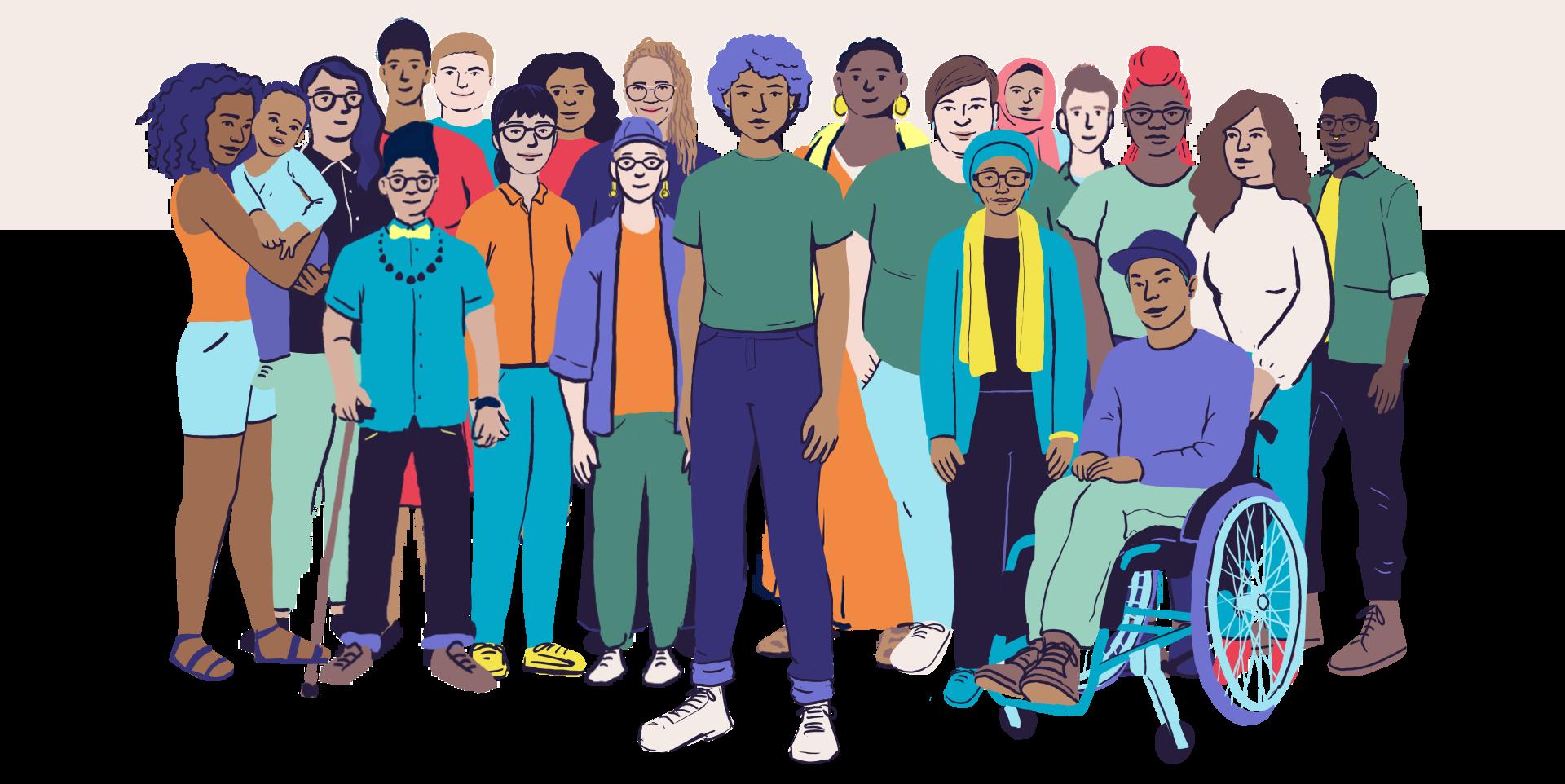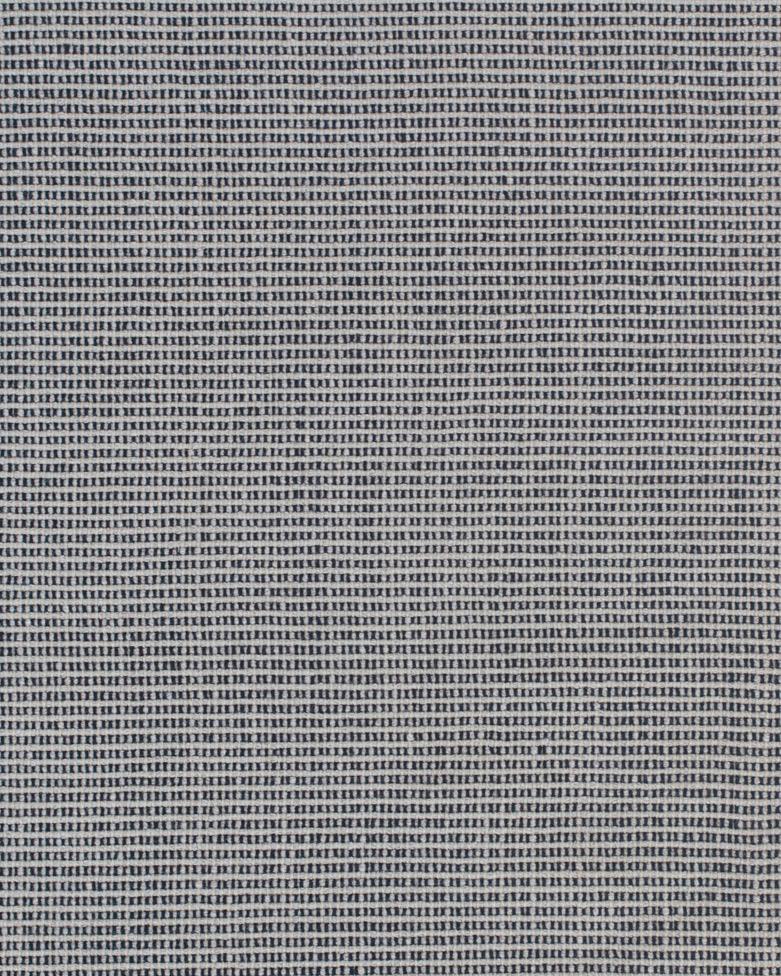
8 minute read
The fourth circle is the social change that happens when the artist or cultural producer uses art and culture to amplify the effect of an existing social change campaign
Artists and cultural producers feel validated and legitimized by getting the Leeway grant — This validation encourages them to apply for more grants from Leeway and from other funders. Artists and cultural producers have built their confidence to avail themselves of other opportunities — Getting the grant from Leeway is a springboard to applying, and getting, other grants and fellowships. Artists and cultural producers experience greater financial freedom — Transformation awardees described how they spent some of the grant on their artistic work, but they also used the money to do all sorts of other things: to travel, to learn or to pay rent. The key element was a freedom to choose whatever they needed. Artists and cultural producers connect new applicants to Leeway — All of the artists, cultural producers and local partners we interviewed had encouraged other artists to apply for Leeway grants.
Impact on panelists
Advertisement
“I loved it. It was a phenomenal experience. There was incredible intimacy in the cohort. It was delicious. It was emergent, collective practice, which I totally loved.” (grantee and panelist)
Who sits on the panel — The grantmaking panels are made up of artists, cultural producers and activists who are invited because the foundation sees them as exemplars of the kinds of practices Leeway exists to support. Leeway aims to create panels that are intergenerational, cross-cultural, multidisciplinary and representative of varied identities. Rigorous, emergent practice — Panelists agreed that the “charge” to the panel, including the definition of a Leeway artist, the facilitation and the feedback that is given afterwards to all applicants, means that the process has rigor, and that the consensus-based deliberation does not get reduced to a subjective judgment of art or allow one voice to dominate. Shifting power through experiential learning — For some artists and cultural producers, being on a panel taught them how philanthropic decision-making works, and they used this new knowledge and the power it gave them to apply for and get other grants, and to influence grantmaking processes in other places.
Impact on the ecosystem of social change artists in the Philadelphia area
“Can you imagine what it’s like if Leeway didn’t exist for 25 years?! ... The amount of resource that filtered into the lives of the artists, the people who are getting paid to work with the artists. It’s such a cultural economy that is filtered through 25 years of grants.” (grantee and panelist) Stronger ecosystem of social change artists — While interviewees acknowledged that there are many variables that influence this ecosystem, almost everyone said yes, it was stronger and more sustainable because of Leeway’s work. Ripple effects — What impact are Leeway grants having on the communities that the
artists and cultural producers are part of and work with? The impact assessment revealed four rippling circles of change spreading outwards: 1. At the center of the circles is the artist or cultural producer and the change they personally experience, both through the application process and through the artmaking or cultural production process. 2. The second circle out is their community, however they describe it. The community changes because, first, the artist changes and they are part of their community, and second, because community members experience the art (i.e., the play, film, exhibition, performance, etc.) and are changed by that. 3. The third circle out is the artist’s community of artists that they pay for their work, and that they support to get grants from Leeway, other paid gigs and more professional exposure. Leeway artists and cultural producers appear to be redistributing the wealth that Leeway gives them. 4. The fourth circle is the social change that happens when the artist or cultural producer uses art and culture to amplify the effect of an existing social change campaign.
Impact on local partners and national philanthropy and the field of art and social change
How do others learn from Leeway? — All the categories of people we interviewed or who contributed to the ripple effect exercise (described on p. 39) said that they had learned something from Leeway: artists, cultural producers, teachers, activists, local nonprofit leaders, and local and national partners working in philanthropy. Leeway has had an impact nationally on the field of art and social change whereby the executive director has built community with, and influenced, peers who are working to change philanthropic practice. Leeway has also had a bottom-up effect, as artists and cultural producers learn from Leeway as a result of being grantees, panelists and partners and take that learning to organize change in their own spaces, philanthropic and otherwise. Partners are clear that the executive director’s leadership has been crucial to Leeway’s impact, supported by a board and staff who embrace and animate Leeway’s values and culture.
What do partners learn from Leeway? • Participatory grantmaking — Both local and national partners had looked to Leeway as a model for how to develop more effective participatory grantmaking processes.
“There had been an internal conversation exploring whether our application processes or decision-making processes were unintentionally biased and hindering access to our funding for certain populations and groups.… I thought of Leeway and Denise because of their approach to decision-making. For this foundation, the way that Leeway approaches it is unusual. And so, I wanted to have people think more expansively, and creatively, about different ways of sharing power and responsibility and decision-making. I was very glad she agreed to speak with staff. It was not my expectation that we would wholesale adopt the Leeway [model], but it would stimulate fresh thinking, and that happened.
And to various degrees programs have begun to make changes to their applications and review processes.” (national partner)
Becoming a trans-affirming organization — Local and national partners and artists and cultural producers were emphatic that Leeway had been a leader in getting organizations, including foundations, to work towards becoming trans-affirming. Racial equity — Nationally, where the philanthropic conversations on racial justice are slower and more cautious, Leeway’s decade-long practice and leadership in racial equity is an advanced model for partners. Partners have not only learned from Leeway’s focus on racial equity when it comes to grantmaking and organizational processes, but also in their transition away from being led by a white founder family to becoming led by a multiracial community board. Supporting individual artists — Leeway has also been a model for national partners for how best to directly support individual artists. How a family foundation can change when the family gives up power — As noted above, there was a strong appetite among the national partners working in philanthropy to have Leeway share more information about this change process in family foundation spaces, and so contribute to the emerging conversation about white families letting go of their historical philanthropic power and influence.
“What I’ve learned from Leeway is a way of decentering whiteness in philanthropic practice. In this country, the majority of wealth is held by white people for a number of extremely problematic and often horrific reasons. And Leeway was a foundation where there was a shift from the original family that held the wealth to moving towards a more equitable distribution with community.” (national partner)
CHALLENGES AND OPPORTUNITIES FOR LEEWAY
A small number of interviewees offered thoughtful challenges to Leeway, stemming from their expressed desire to see Leeway continue to grow. For each of these challenges and opportunities we suggest questions that Leeway could explore either as part of their forthcoming strategic planning process or operationally within the Leeway staff team.
Supporting working-class women of color — A small number of interviewees questioned if Leeway is doing enough to support working-class women of color, which seemed to be based on an assumption that many of the gay and trans artists that Leeway funds have class and economic privilege. • How can Leeway learn more about the class background of applicants in order to ensure Leeway supports them as much as possible, while also not collecting demographic information in a traditional way that forces applicants into identity descriptions that don’t fully reflect them?
Improving the grantmaking panel process — A small number of interviewees asked if there are enough local, working-class artists and cultural producers on the panels. One interviewee asked if Art and Change applicants should include work samples.
How might Leeway want to change the makeup of the grantmaking panels in the future? ο Are there enough local, working-class artists and cultural producers sitting on the grantmaking panels? What is enough? Should the Art and Change applicants submit work samples as part of the application process?
Expanding Leeway’s national influencing role — All the national partners we spoke to wanted to see Leeway increase the time it spends influencing national philanthropic conversations. They questioned whether or not Leeway wanted to do this or had the time necessary for travel and conferences to influence these conversations. • Should Leeway spend more time working to influence national partners to take up key elements of the Leeway approach as described above? If yes, who does Leeway want to influence and why?
Building power or bridges — We heard two different opinions about what role a Leeway grantee should play in supporting social change. First, they should support communities to build power. Second, they should act as bridge builders between polarized communities. This echoes a wider political debate: Is this a political moment to build bridges or build power? This may be a false dichotomy. Leeway may want to support artists to do both. • Does Leeway want to support artists and cultural producers to build bridges, build power or both?

This report was made possible through the generous support of the Surdna Foundation.





